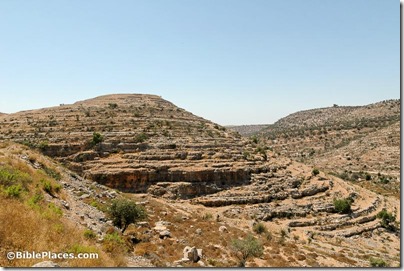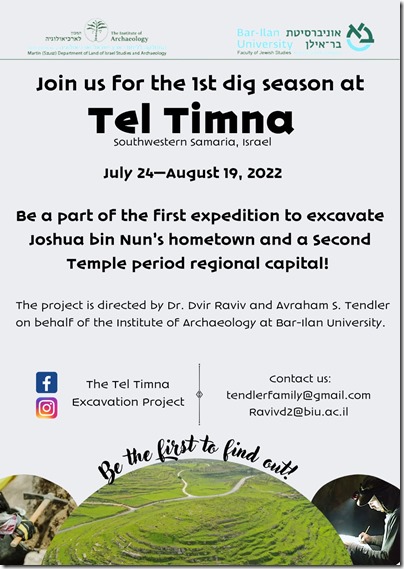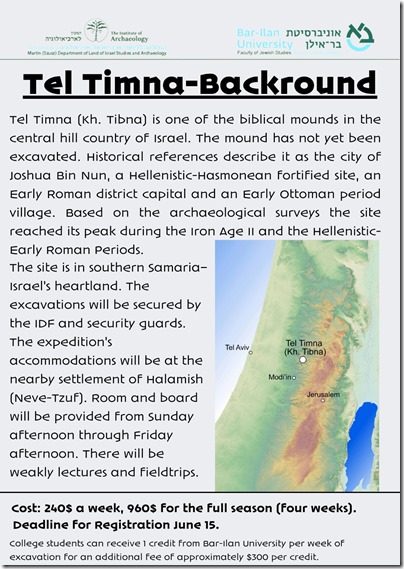The alabaster for two of Herod’s bathtubs was quarried not in Egypt but in the Te’omim cave in the Judean hills.
Excavators are claiming that the stump of a juniper tree, discovered near Eilat, may be the oldest Asherah ever found.
A new season of excavations has begun at the Apollonia-Arsuf Crusader fortress on the coast near Herzilya.
“In one of the biggest busts in Israeli history, the Israel Antiquities Authority’s theft prevention unit has recovered over 1,800 ancient artifacts from an unlicensed dealer in the central Israeli city of Modiin. Mostly coins and jewelry, the artifacts also included cuneiform tablets and bronze statuettes.”
Israel’s supreme court has “rejected four petitions against a controversial plan to build a cable car to Jerusalem’s historic Old City, shutting down the legal opposition route for opponents of the plan.”
A renovation project on an ancient Samaritan priestly residential compound is the first step in making the Mount Gerizim archaeological park more welcoming to tourists.
The latest issue of Tel Aviv includes several articles on Iron Age Jerusalem. The titles and abstracts are free, but access to the articles requires subscription.
Virtual tour on June 8: The Room of the Last Supper and Jerusalem, with Museum of the Bible and DIVE (Digital Interactive Virtual Experiences); $20
A colleague of mine at The Master’s University was honored last month by the publication of a festschrift: Written for Our Instruction: Essays in Honor of William Varner. Among the many interesting essays, two are of particular relevance to this blog:
- “Where Did David Go? David’s Wilderness Wanderings and the Testing of God’s Son,” by Abner Chou (my new boss)
- “‘What Have I Done in Comparison with You?’: The Itinerary of Gideon’s Pursuit of the Midianites in Judges 7–8,” by Chris McKinny (with additional color maps on Academia)
Andy Cook of Secrets from Ancient Paths has just posted “The life-saving lesson of Bet Shemesh” (5 min).
Joel Kramer at Expedition Bible has released some new videos (4-10 min ea.):
- Jesus’ Crucifixion Matches History
- Cave Inscription Reveals Archaeological Evidence for Jesus
- The 10 Lost Tribes of Israel – Are They Really Lost?
Bruce Cresson died last week. He was director or co-director of excavations at Aphek-Antipatris, Dalit, Ira, Uza, Radum, and Malhata.
HT: Agade, Joseph Lauer, Arne Halbakken, G. M. Grena


